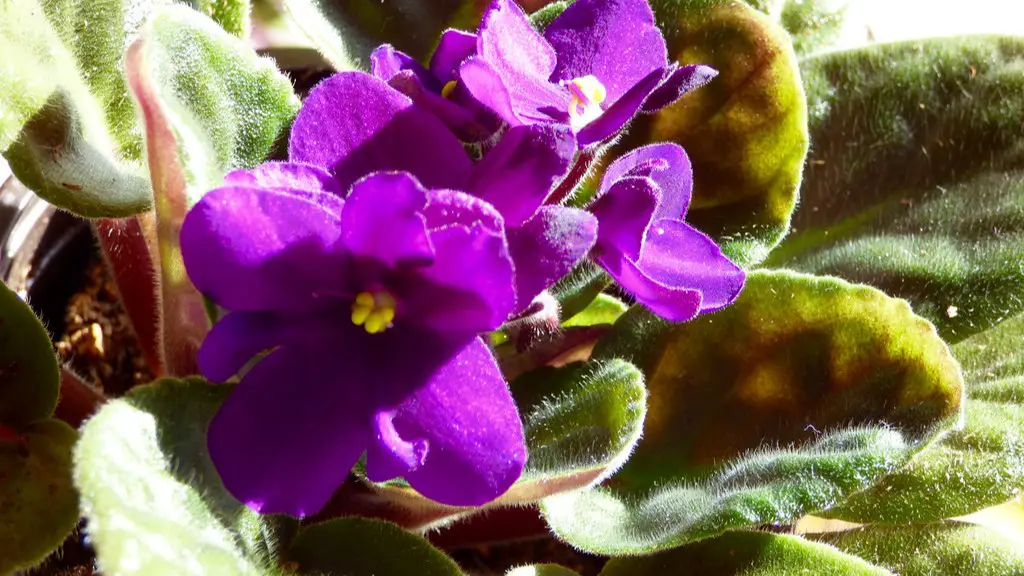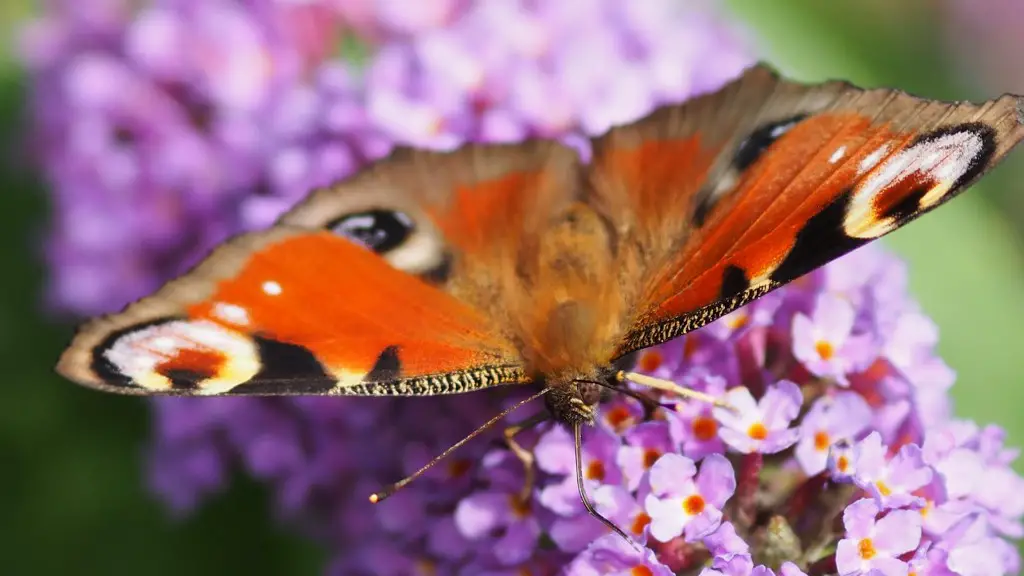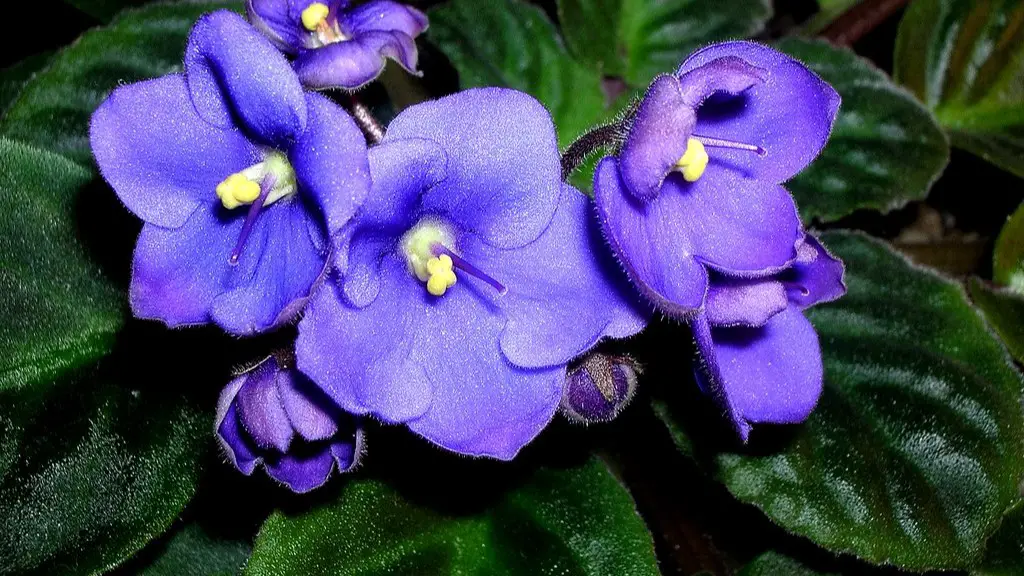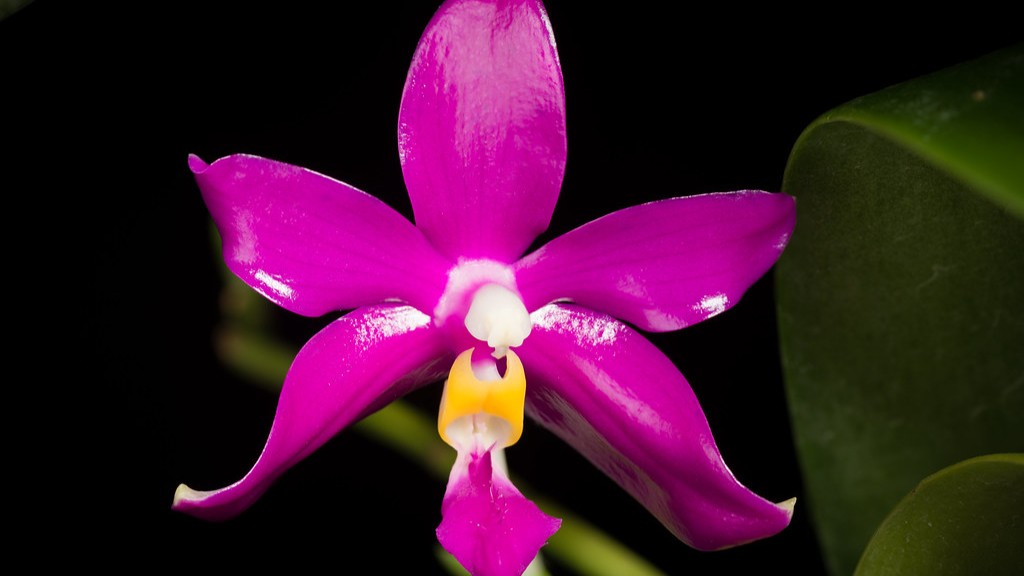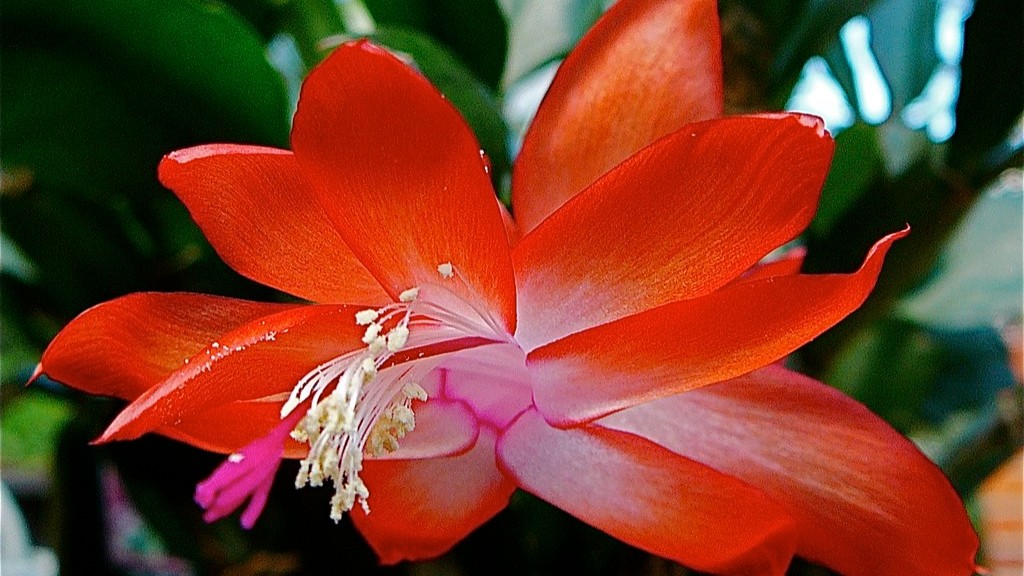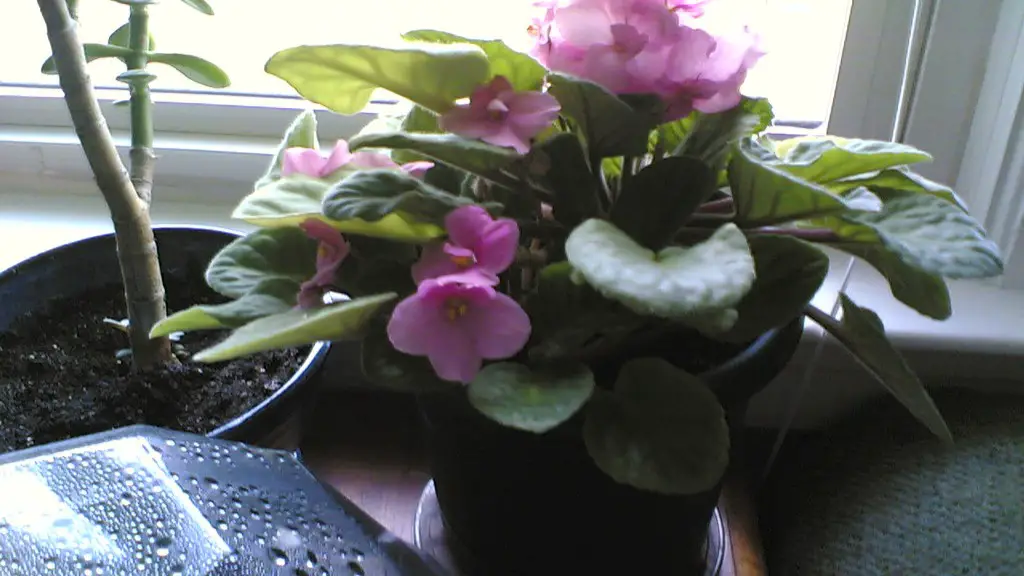If your African violet isn’t flowering, there are a few things you can do to encourage it to start blooming again. First, make sure it’s getting enough light. African violets need at least 12 hours of light each day, so if it’s not getting enough natural light, you may need to supplement with a grow light. Second, check the temperature. African violets prefer a temperature between 68 and 72 degrees Fahrenheit. If it’s too cold or too hot, that can stress the plant and prevent it from flowering. Finally, make sure the plant is getting enough water. African violets like to be kept moist, but not soggy. Water the plant when the soil is dry to the touch, and be sure to use room-temperature water. With a little care, your African violet should start blooming again in no time!
If your African violets are not flowering, there are a few things you can do to encourage them to bloom. First, make sure they are getting enough light. African violets need 12-14 hours of bright, indirect light every day. If they are not getting enough light, they will not bloom. Second, make sure they are getting the right kind of fertilizer. African violets need a fertilizer that is high in phosphorus, which is the middle number in the N-P-K fertilizer ratio. A fertilizer with an N-P-K ratio of 5-10-5 or 8-24-16 is ideal. Third, make sure the plants are not too wet or too dry. African violets need to be kept evenly moist, but not soggy. Water them from the bottom, using tepid water, and allow the top of the soil to dry out between waterings. Lastly, African violets need to be in a well-ventilated room with a humidity of 50% or higher. A humidifier can help increase the humidity if needed.
How long does it take for an African violet to rebloom?
African violets typically bloom every 6 to 8 weeks. However, with the right growing conditions, they can bloom more often. If you disbud your old flowers, new flowers should bloom within 6 to 8 weeks.
To ensure your African Violet continues to bloom, be sure to pinch or deadhead spent blooms. This allows the plant to redirect its energy into creating more buds and blooms, as well as beautiful foliage.
How often does an African violet bloom
African violets are one of the easiest houseplants to get blooming and can bloom nearly year-round with the correct conditions. Each bloom lasts for about 2-3 weeks, so you can enjoy their beauty for a good chunk of time.
Epsom salts are a great way to provide plants with essential magnesium and sulfur. These two minerals are needed to produce beautiful blooms and healthy foliage. To use, mix one and a half teaspoons of Epsom salts in a quart of tepid water and swirl to dissolve. Water your African violets (below the leaves) with this solution once a month.
What is the lifespan of an African violet?
African violets are a beautiful and popular plant, known for their long lifespan of up to 50 years. However, it is important to remember that they need to be repotted every few years to ensure that they continue to thrive. This is because their roots can become crowded over time, which can lead to problems with drainage and nutrient uptake. By repotting them every few years, you can help them stay healthy and beautiful for many years to come.
A wicking system is a great way to make sure your African violets are never over watered. Simply water the plant once a week and allow the plant to completely dry between waterings. The wicking system will help to evenly distribute water to the roots of the plant, preventing overwatering and keeping your African violets healthy and beautiful.
How do you keep African violets blooming all year?
If you’re not seeing blooms on your African violet, it’s likely because the plant isn’t getting enough light. African violets need indirect sunlight for best results – too much direct sunlight can burn the leaves. Choose a north- or east-facing window for your African violet, and make sure to rotate the pot once a week so all leaves have a chance to receive light.
Watering your plants from the bottom will help to avoid getting water on the leaves, which can cause spotting damage. Place the plastic grower’s pot in water and allow the plant to absorb the water for no more than 30 minutes.
Where do you cut African violets
Stemming African violets is best done with a sharp, clean knife. Take care to cut the stem as close to the stalk as possible, without digging into your plant. Alternatively, you can pinch the leaves off with your fingers. African violets grow from the crown out, meaning the leaves closest to the soil are the oldest. Cutting back the plant encourages new growth from the center of the crown.
Coffee grounds are slightly acidic and contain nitrogen, which helps plants grow healthy foliage. Occasionally sprinkling used coffee grounds on top of your African violet potting soil can be good for the plant.
Can you use Miracle Grow on African violets?
African violets should be grown in well-drained, slightly acidic soil. Miracle-Gro® Indoor Potting Mix is specially formulated to provide indoor plants like African violets with just the right growing environment.
There are two main types of wild violets – Viola papilionacea and Viola sororia. Both of these plants are low-growing perennials that bloom in mid-May. While some people consider them a lovely decorative plant for gardens and landscaping, others consider them a bothersome weed because they display an aggressive behavior that is very hard to control. If you’re thinking of adding wild violets to your home landscape, it’s important to be aware of both the positives and negatives of these plants before making a decision.
How do you force violets to bloom
If you want your African violet to bloom again, there are a few things you can do. First, make sure it’s getting enough light. It should be in a spot that gets bright, indirect light for at least six hours a day. You can also turn up the humidity by setting the pot on a tray of pebbles and water or using a humidifier. Replenishing essential nutrients is also key, so be sure to fertilize your plant regularly with a good African violet fertilizer. Lastly, keep the temperature around the plant pleasant (between 65 and 75 degrees Fahrenheit is ideal) and make sure the soil is well-draining. If you do all of these things, your African violet should start blooming again in no time!
If you want your African violets to bloom well, you need to make sure they’re getting enough light. They prefer bright, indirect sun, so if they’re not getting enough sunlight they may start to stretch for the light and produce few or no flowers. Too much sun can also be a problem, as it canburn the leaves. An east-facing window is ideal, especially with a sheer curtain to block the sun’s harshest rays.
Should African violets be watered from the top or bottom?
In general, it is best to water African violets from the bottom. This helps to avoid getting water on the leaves, which can cause leaf spots. It is important to use lukewarm or warm water, not cold water.
It is important to not mist the foliage of African violets as this may cause permanent leaf spotting. Water the plant at the base, making sure that the crown (the section of the plant at soil level) does not become saturated. Use water that is room temperature to avoid shock.
Final Words
The best way to make African violets flower again is to give them a rest. Allow the soil to dry out completely before watering, and don’t fertilize for about six weeks. Once the plants have rested, they should begin to flower again.
If your African violet is not flowering, there are a few things you can do to encourage it to bloom. To make African violets flower again, try moving them to a sunnier spot, adding a blooming fertilizer, or simply wait patiently for the blooming season. With a little love and care, your African violets will be blooming in no time.
